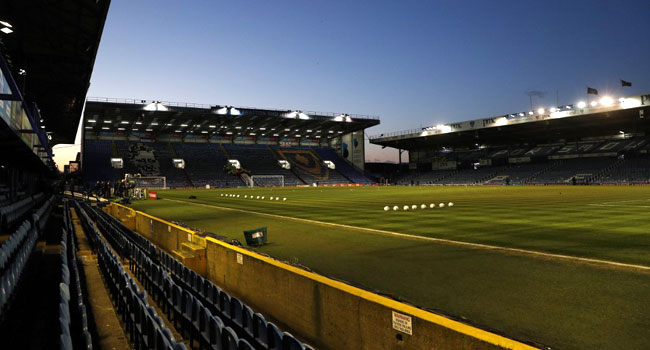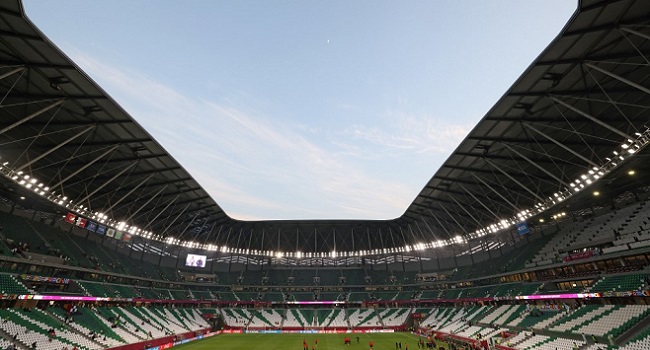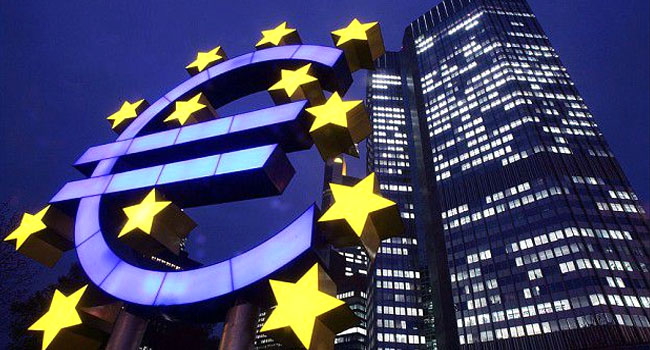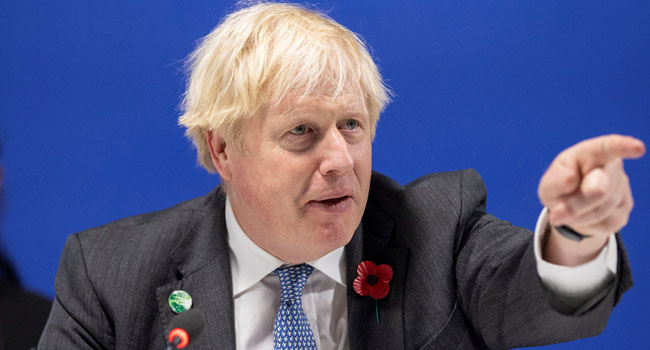
The World Health Organization said Wednesday it was “unrealistic” to expect large crowds at sports events this year in countries suffering from community-level transmission of the new coronavirus.
WHO emergencies director Michael Ryan said it could be “disastrous” in such circumstances to allow the return of sports matches with tens of thousands of people attending.
Asked in a live WHO social media chat when major sports events could come back, Ryan said it was impossible to predict.
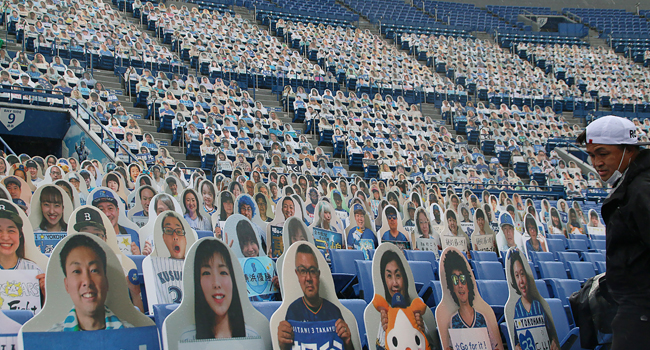
“We don’t know,” the Irish epidemiologist said.
“Large crowds of 40, 50, 60,000 people — it’s not just the risk of being in the stadium, it’s the risk of going to the stadium, the public transport, the bars and the clubs,” he explained.
“Imagine all the problems we have now with nightclubs and bars, and you squeeze all of that together into a four- or five-hour experience, where thousands of people go on the same public transport to a venue, get involved in the social aspects before a game, be involved in the game and then all of the social aspects after.
“In the context of community transmission, that could be disastrous.”
The Tokyo 2020 Olympics and the 2020 European football championships have been postponed until next year, while major football tournaments like Europe’s Champions League and the English Premier League have been forced behind closed doors.
“We may have to expect that as things open up, we go from having no-one at the games to maybe 1,000 and 2,000,” said Ryan.
“We all want our sport back. We’re just going to have to be careful for a good bit longer.
“It’s very unrealistic in countries with community transmission that we’re going to be seeing large gatherings like that this year.
“Right now, it’s hard to see those fully re-opened venues.”
AFP

